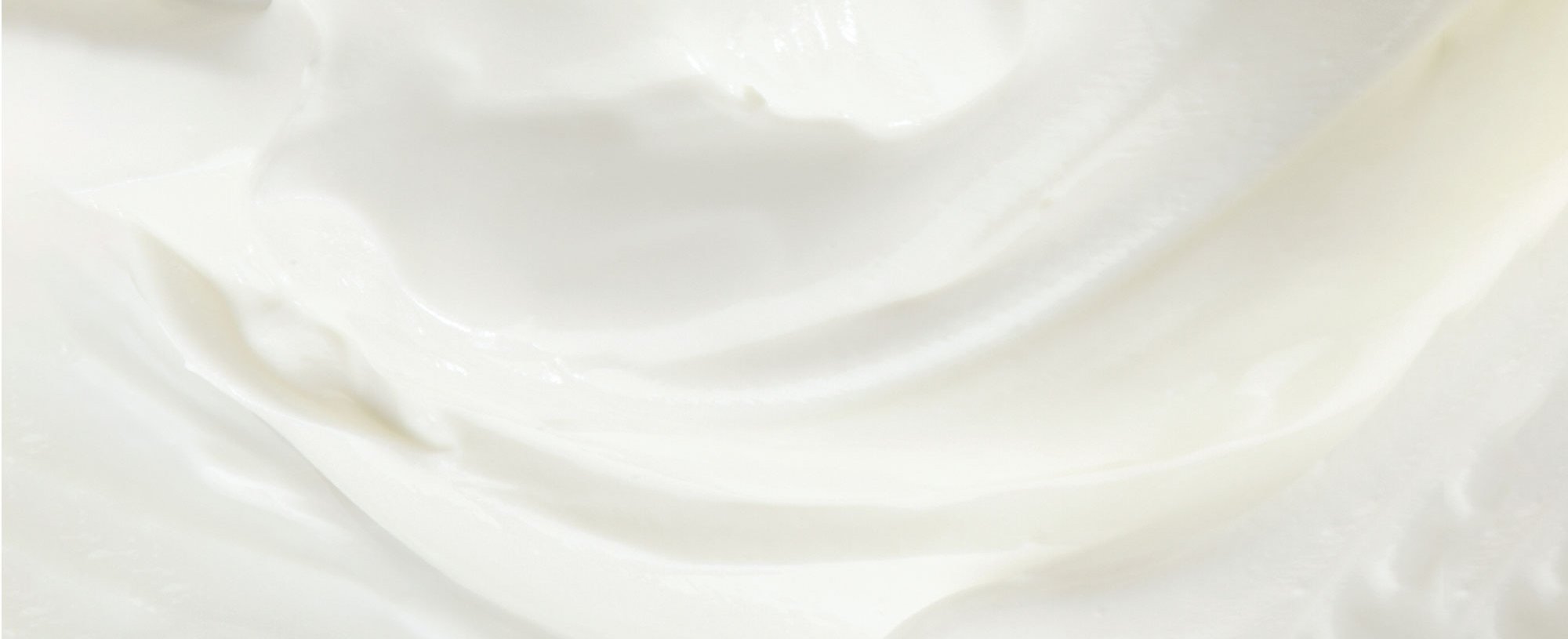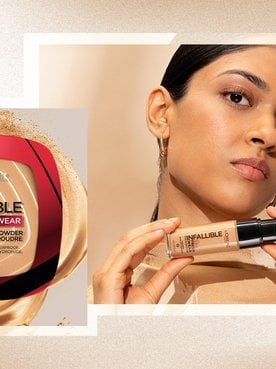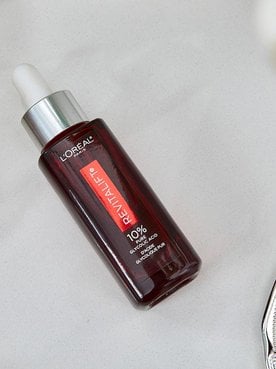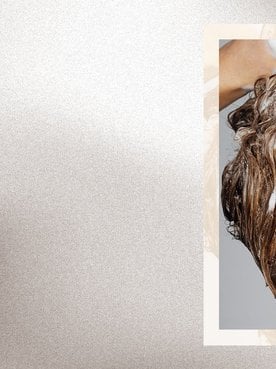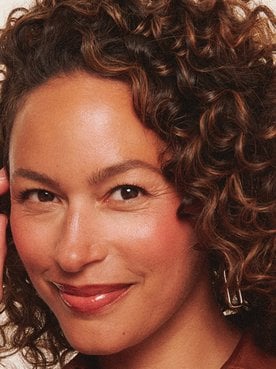In the quest to keep your natural hair healthy and moisturized, you may have tried the LOC method. While this hair care technique comes highly recommended for hydrating your strands, what if you found it doesn’t quite work for you? If that’s the case, you could be toying with the idea of using the LCO method instead. You’ve likely seen natural hair bloggers and A-list celebrities using the technique on social media, and for good reason. A variation of the LOC method, the LCO method has become a top choice in its own right for moisturizing natural hair. If you’re ready to give your curly, coily, or wavy hair a boost in hydration, it’s time to learn all about the LCO method and how to incorporate it into your hair care routine. Here’s what you need to know.
WHAT IS THE LCO METHOD?
The LCO method, as you may have guessed (if you’re already familiar with the LOC method), stands for liquid or leave-in conditioner, cream, and oil. Similar to the LOC method, this technique is all about keeping your hair moisturized for as long as possible. Following the steps laid out in the acronym, you apply a water-based product, a hair cream, and hair oil for effortless, lasting hydration. The idea behind this three-step method is to lock in moisture and improve the manageability of your hair.
HOW IS THE LCO METHOD DIFFERENT FROM THE LOC METHOD?
While it’s easy to think that both methods are pretty much the same, there is one key difference—the second step of each technique. See, the LOC method requires you to layer your hair with oil after applying your liquid. On the flip side, the LCO method calls for your hair cream to follow your liquid application directly. Sure, both of these methods can help your natural hair retain the moisture that it needs; however, it’s possible you would have success with one method and fail with the other. It’s all about how your hair responds to each technique.
WHO SHOULD USE THE LCO METHOD?
Wondering if the LCO method is suitable for your strands? Well, if you have low porosity hair, the LCO method is a great match. Allow us to explain: Low porosity hair takes a bit longer to dry, and products typically sit on top of the hair instead of absorbing into the strands. With this method, you only use lightweight products that absorb easier. Not sure of your hair porosity level? Check out our article, What is Hair Porosity and How Should It Impact Your Hair Care Routine?, for answers.
HOW TO DO THE LCO METHOD
Ready to see if the LCO method will work for you? Grab a leave-in conditioner, hair cream, and hair oil, and let’s dive right in.
STEP #1: WASH YOUR HAIR
In order to get the most out of the LCO method, follow your normal cleansing routine to kick things off. We recommend using the L’Oréal Paris EverCreme Deep Nourish Shampoo and the L’Oréal Paris EverCreme Deep Nourish Conditioner, which are both sulfate-free, to gently cleanse your strands.
STEP #2: APPLY LEAVE-IN CONDITIONER
Now it’s time for the reason you’re here—the LCO method. Starting on freshly washed and conditioned hair, apply a liquid formula to your mane. Try the L’Oréal Paris EverStrong Break Proof Lotion to strengthen your strands and protect them from breakage without weighing down your hair. Using a rat tail comb, part your hair in sections and apply a generous amount to each section from root to tip.
STEP #3: REACH FOR A HAIR CREAM
Now that your hair is fully hydrated with leave-in conditioner, you can take things up a notch and apply your hair cream. While there are plenty of hair creams to try, it’s essential to use a product formulated with nourishing and moisturizing ingredients—sans the heavy feel. We like the L’Oréal Paris EverCurl Sculpt & Hold Cream-Gel, which is formulated with coconut oil. Re-wet your strands a bit and distribute a dime-sized amount of hair cream evenly through your hair.
STEP #4: TOP IT OFF WITH HAIR OIL
You’re at the finish line! Seal in your moisture with the help of the L’Oréal Paris Elvive Extraordinary Oil Deep Nourishing Treatment Serum. This lightweight oil serum adds shine with a smooth finish to keep your hair hydrated for longer. Apply four to five drops of hair oil to each section and style as desired. Now, you’ve provided your mane with plenty of hydration so that you can get away with moisturizing every other day without it feeling dry in between!
Next up: Ready to style your hair? Consider one of The 30 Best Protective Hairstyles for Natural Hair.
